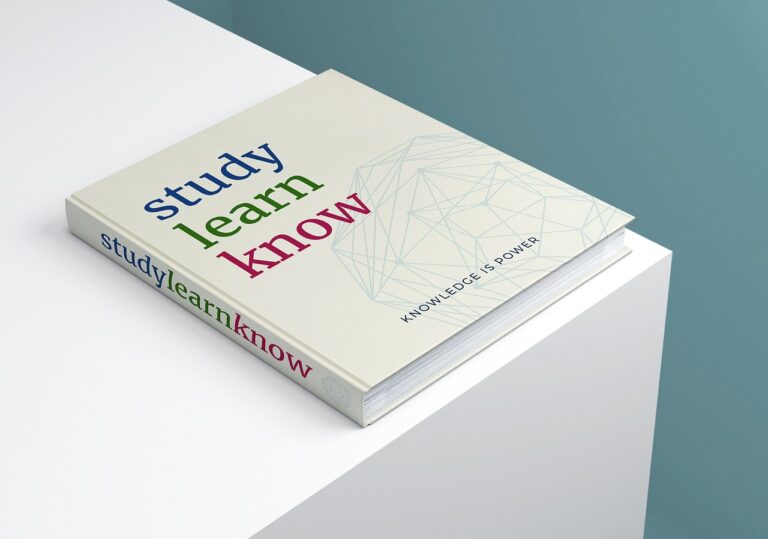Addressing the Gender Gap in STEM Education: Encouraging Female Participation
One significant challenge that women in STEM fields encounter is the lack of representation and support. Often, women find themselves being the minority in a male-dominated environment, which can lead to feelings of isolation and imposter syndrome. The underrepresentation of women in leadership positions further exacerbates this issue, making it difficult for female professionals to find mentors and advocates who understand their unique experiences.
Another obstacle faced by women in STEM fields is the prevalence of gender bias and discrimination. Research has shown that women are more likely to be overlooked for promotions or pay raises compared to their male counterparts, even when their qualifications and achievements are equal. Additionally, stereotypes about gender roles and capabilities can impact how women are perceived in STEM disciplines, leading to subconscious biases that hinder their advancement in their careers.
Historical Context of Gender Disparities in STEM Education
In examining the historical landscape of gender disparities in STEM education, it becomes evident that deep-rooted biases against women have long inhibited their advancement in these fields. Throughout history, societal norms and expectations have often relegated women to roles deemed more suitable or “feminine,‿ leading to limited access to educational opportunities in science, technology, engineering, and mathematics.
Moreover, historical educational institutions and curricula have traditionally favored and catered to men, further marginalizing women from pursuing studies and careers in STEM disciplines. This systemic gender bias has perpetuated a cycle where women are underrepresented in technical fields, undermining their potential contributions to innovation and scientific progress. The repercussions of these historical disparities continue to impact female participation and representation in STEM fields to this day.
Impact of Gender Stereotypes on Female Participation in STEM
Gender stereotypes in STEM fields have been a significant barrier for women seeking to pursue careers in these fields. Ingrained beliefs that women are less capable in math and science have created a stigma that discourages many girls and young women from even considering STEM as a viable career path. This perpetuation of stereotypes through societal norms and media representation contributes to a lack of diversity in STEM professions and hinders the valuable contributions that women can bring to these fields.
The impact of gender stereotypes on female participation in STEM is profound, affecting not only the number of women entering these fields but also their experiences once they are there. Women in STEM often face implicit biases and microaggressions, leading to feelings of imposter syndrome and isolation. This hostile environment can further reinforce stereotypes and discourage other women from pursuing STEM careers, creating a cycle that perpetuates the gender disparity in these industries.
What are some challenges faced by women in STEM fields?
Some challenges faced by women in STEM fields include gender stereotypes, lack of representation, unconscious bias, and workplace discrimination.
How has gender disparities in STEM education evolved historically?
Historically, gender disparities in STEM education have often been perpetuated by societal norms that discouraged women from pursuing careers in science, technology, engineering, and math.
How do gender stereotypes impact female participation in STEM?
Gender stereotypes can discourage girls and women from pursuing STEM fields by perpetuating the belief that they are not as capable as men in these subjects. This can lead to lower confidence levels, self-doubt, and limited opportunities for women in STEM.







